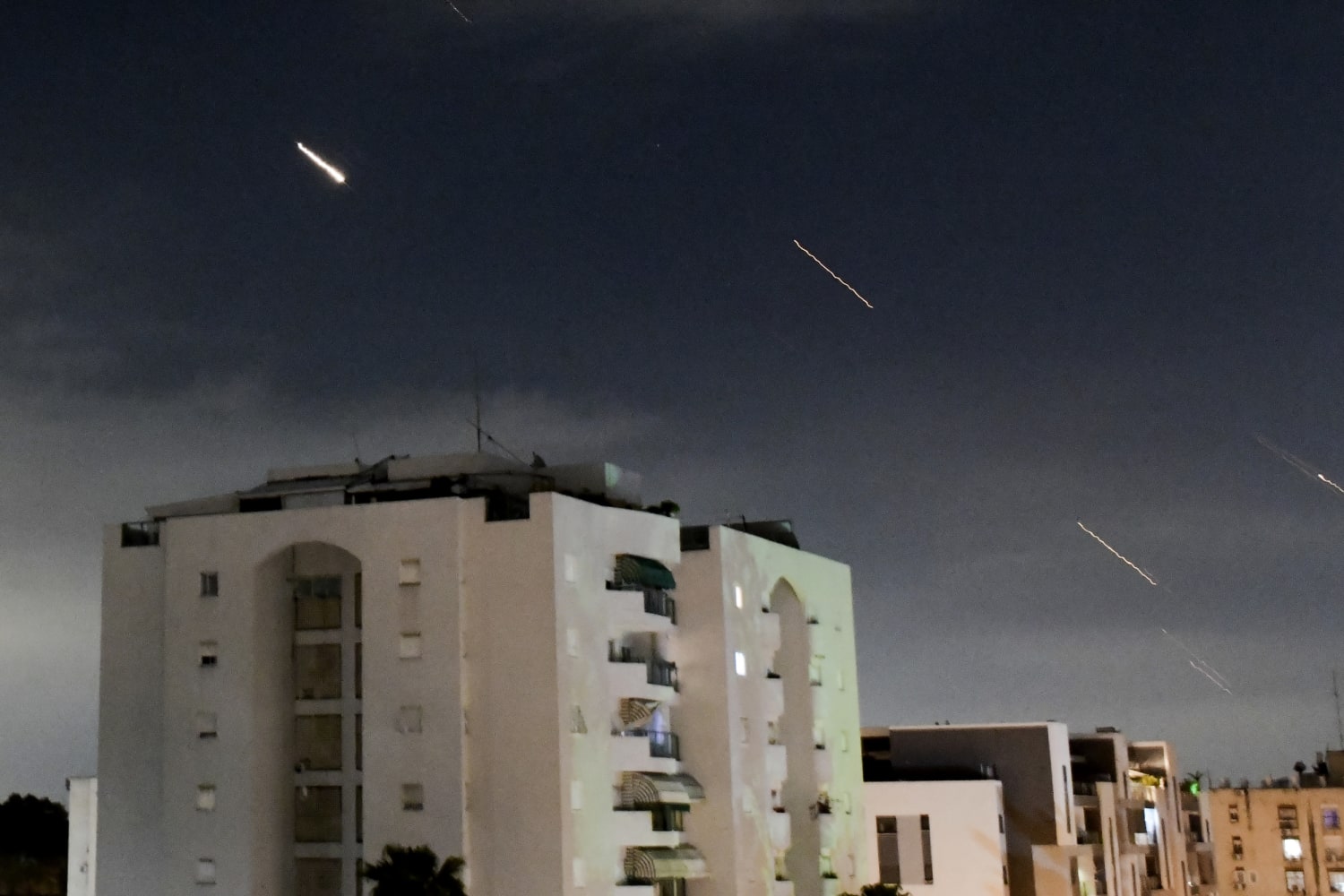
Scientists have discovered the chemical compound uracil, one of the building blocks of RNA, in just 10 milligrams of asteroid material Ryugu, according to new research published Tuesday.
The discovery lends weight to a long-held theory that life on Earth may have originated from outer space when asteroids carrying elemental elements collided with our planet.
This is some of the latest research from an analysis of 5.4 grams of rock and dust collected by the Hayabusa-2 probe from the asteroid Ryugu.
Hayabusa-2 was launched in 2014 and returned to Earth’s orbit in late 2020 with a capsule containing an asteroid sample.
The precious payload has been divided among international research teams and has already yielded several insights, including that some of the building blocks of life, amino acids, may have formed in space.
The first drop of water ever discovered on a near-Earth asteroid was found among the samples.
The new research, published Tuesday in the journal Nature Communications, looked for another basis for life: the nuclear bases of RNA.
While DNA, the famous double helix, acts as a genetic blueprint, single-stranded RNA is a very important messenger, transforming the instructions contained in DNA for execution.
Like DNA, it is made up of bases: adenine, guanine, cytosine, and uracil.
Scientists have previously found some or all of these bases in various asteroids that have landed on Earth as meteorites. However, they could not be sure that the chemicals came from outer space or were contaminated upon landing.
“Because every meteorite landed on the Earth’s surface where microorganisms are ubiquitous everywhere, it always makes it more complicated to explain the origin of these biologically important molecules in meteorites,” said Yasuhiro Ohba, assistant professor at Hokkaido University and author. from research.
Like brewing coffee
Ohba said testing Ryugu samples was a multi-stage process that began by placing them in hot water, much like “brewing coffee or tea.”
The acid was then applied to extract the particles, which were analyzed by highly sensitive instruments capable of detecting the exact amounts of uracil present.
The discovery provides “strong evidence that a component of RNA was provided to Earth even before the emergence of life,” Ohba told AFP.
“We expect it to play a role in the evolution of prebiotics and possibly the emergence of the first life,” he said.
The other RNA bases were not found in the sample, although Ohba believes they could be present at levels too low to be detected by the method used to find uracil.
He hopes to analyze new samples collected from space in the coming years, including Osiris-REx material from the asteroid Bennu, which is expected to arrive this year.
Yoshinori Takano, a scientist at the Japan Agency for Marine Geoscience and Technology and an author of the Ryugu paper, said he is eagerly awaiting the Mars Lunar Exploration Project, which is scheduled to launch from Japan next year and return around 2029.
It will collect samples from Phobos, one of Mars’ moons.
“I am sure organic chemists will be keeping a keen eye on this event for the next 10 years,” said Takano.

“Web maven. Infuriatingly humble beer geek. Bacon fanatic. Typical creator. Music expert.”





More Stories
NASA confirms that the mysterious object that crashed into the roof of a house in Florida came from the International Space Station
NASA: A new plan is needed to return rocks from Mars
What makes these little “water bears” so tough? They repair broken DNA quickly.